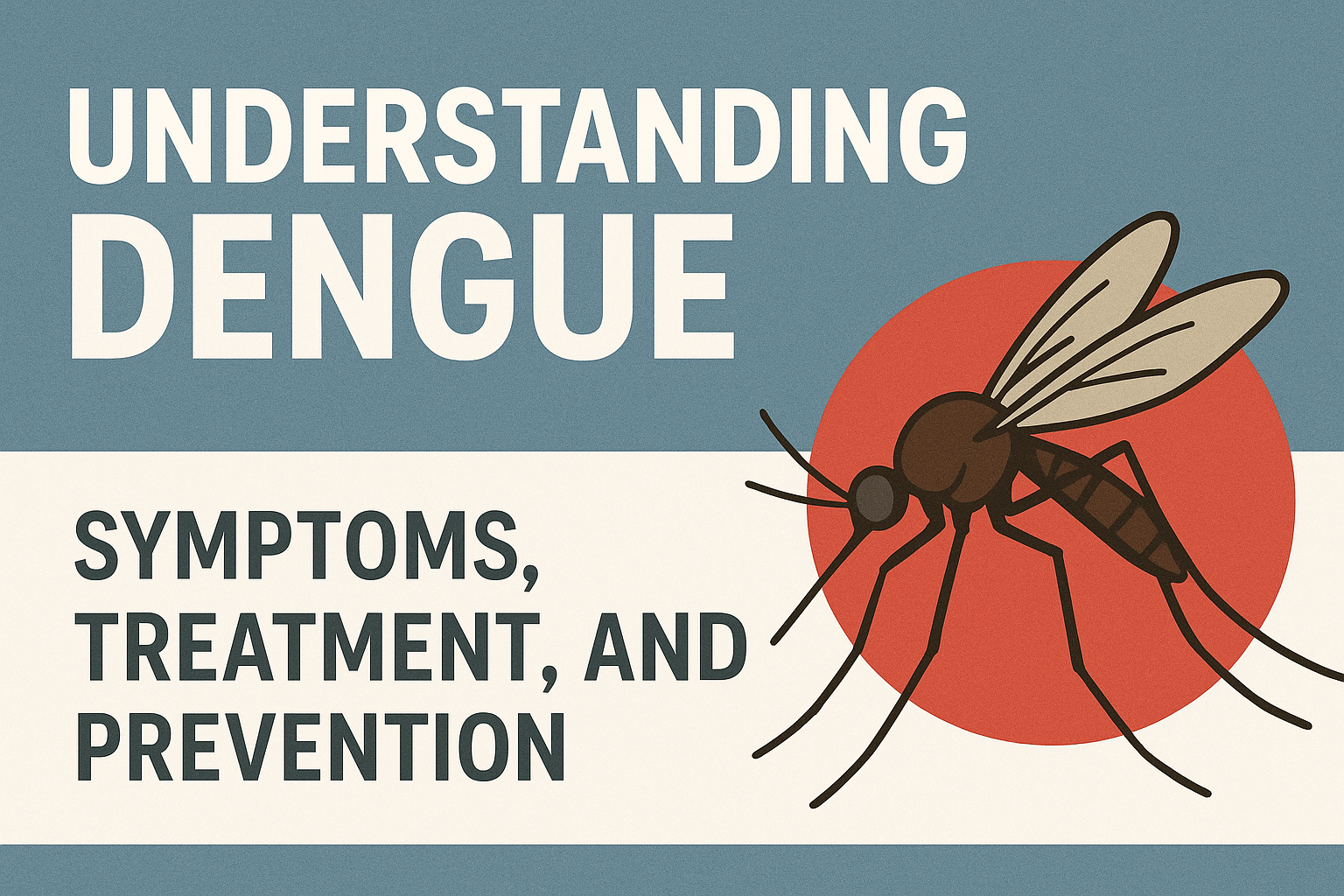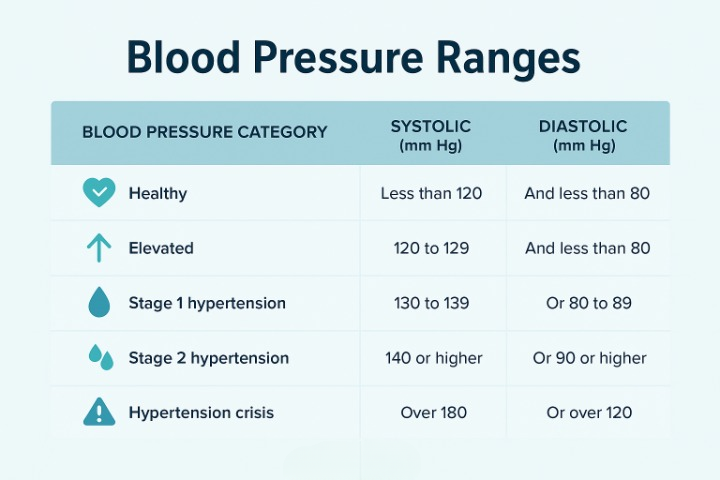
Understanding Dengue: Symptoms, Treatment, and Prevention
Dengue fever is a rapidly spreading mosquito-borne viral infection that poses a serious public health challenge in many parts of the world, including South Asia. Caused by the bite of an Aedes aegypti mosquito infected with the dengue virus, it can range from mild flu-like illness to severe and life-threatening conditions if not managed properly. Awareness about its symptoms, treatment, and preventive measures is essential to reducing the burden of this disease.
Symptoms of Dengue
The symptoms of dengue usually appear 4–10 days after being bitten by an infected mosquito. Common signs include:
- High fever (up to 104°F)
- Severe headache and eye pain
- Muscle, joint, and bone pain (often called “breakbone fever”)
- Nausea, vomiting, and loss of appetite
- Skin rashes and mild bleeding (such as nosebleeds or gum bleeding)
In severe cases, dengue can progress to dengue hemorrhagic fever (DHF) or dengue shock syndrome (DSS), which require urgent medical attention. Warning signs include persistent abdominal pain, difficulty breathing, severe vomiting, or bleeding.
Treatment of Dengue
There is currently no specific antiviral treatment for dengue. Management focuses on supportive care:
- Adequate rest and hydration are crucial.
- Paracetamol can help reduce fever and relieve pain (avoid aspirin or ibuprofen as they increase bleeding risk).
- Close monitoring by healthcare professionals is necessary, especially for severe cases.
- Hospitalization may be required for patients with complications or severe symptoms.
Early detection and timely medical care significantly reduce the risk of complications and fatalities.
Prevention of Dengue
Prevention remains the most effective way to control dengue. Key measures include:
- Eliminate mosquito breeding sites: Empty standing water from containers, flowerpots, and tires.
- Use mosquito repellents and nets: Apply insect repellents and sleep under nets, especially during early morning and evening when Aedes mosquitoes are most active.
- Wear protective clothing: Long-sleeved shirts and pants reduce skin exposure.
- Community efforts: Public health campaigns, fumigation, and awareness drives play a vital role in reducing mosquito populations.




